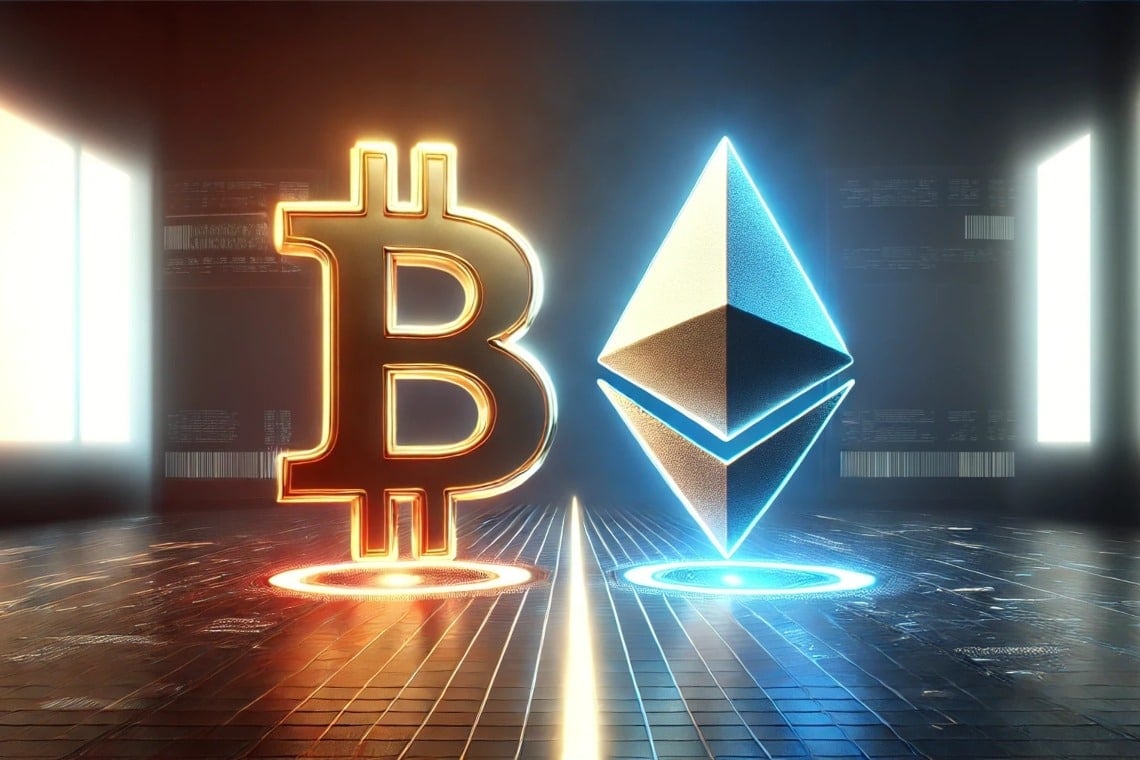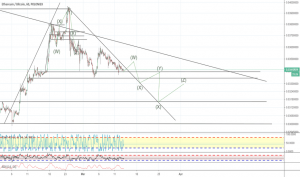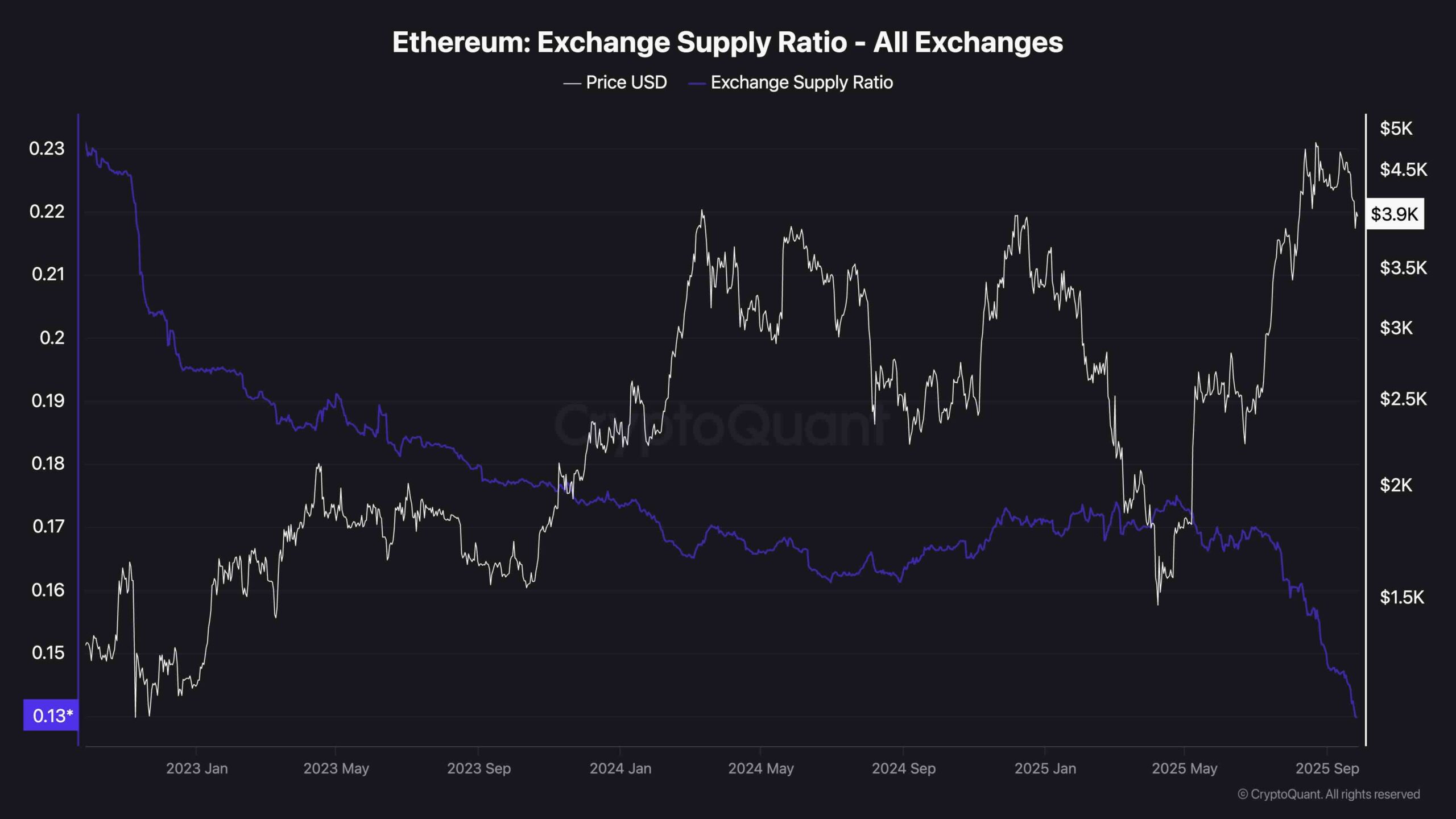Grayscale Bitcoin Ethereum Etf Reverse Split Overview
Grayscale Bitcoin Ethereum ETF reverse split is a fascinating topic that intertwines the world of cryptocurrency with investment strategies. Understanding how these ETFs operate and the implications of a reverse split can provide valuable insights for both seasoned and novice investors alike.
Grayscale’s ETFs aim to offer investors exposure to the performance of Bitcoin and Ethereum while navigating the complexities of the crypto market. With their historical performance showcasing significant interest, any changes such as reverse splits can impact market perception and investment strategies.
Overview of Grayscale Bitcoin and Ethereum ETFs
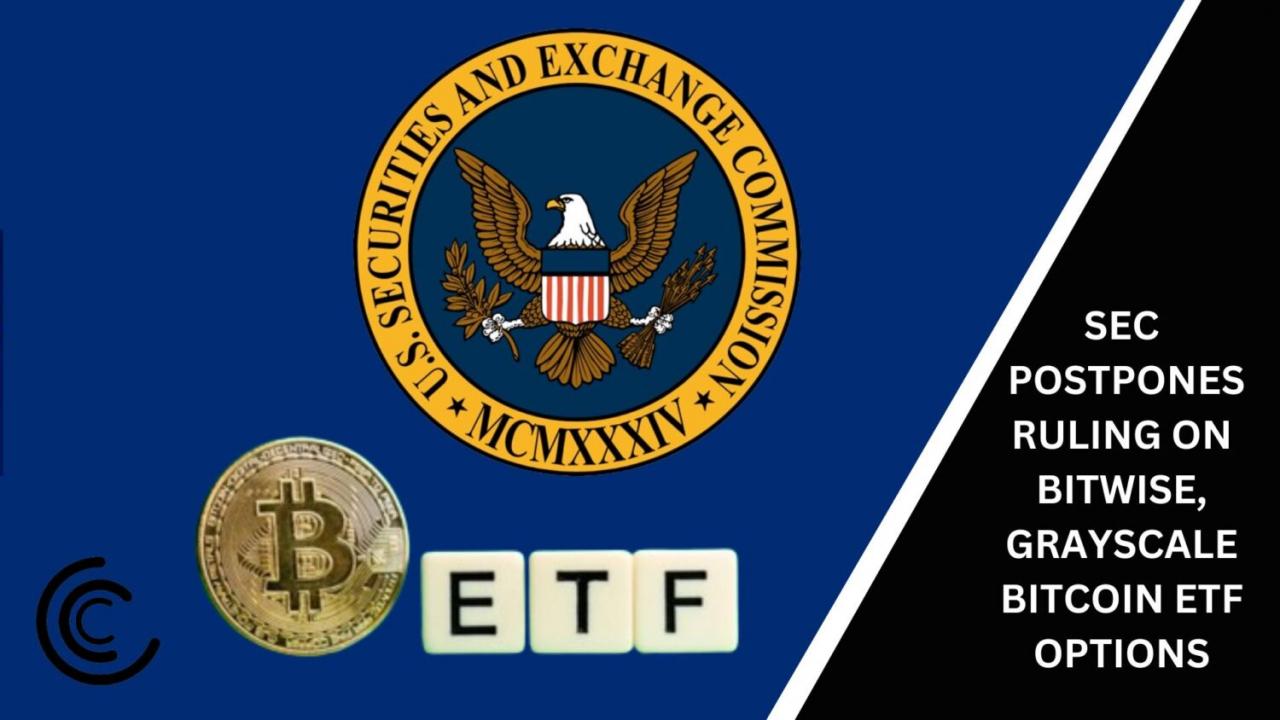
Grayscale Bitcoin and Ethereum ETFs have emerged as significant financial instruments in the cryptocurrency landscape. They provide investors with a regulated means to gain exposure to the world's leading cryptocurrencies without the need to directly purchase and store them. This overview will dive into what these ETFs entail, their intended purpose, and their performance history.Grayscale's Bitcoin and Ethereum ETFs are designed to track the price movements of Bitcoin and Ethereum, respectively.
By allowing investors to buy shares of these ETFs, they can invest in cryptocurrencies in a more traditional manner, benefiting from the liquidity and regulatory oversight associated with ETFs. The primary benefits include ease of investment, diversification, and the potential for capital appreciation. Historically, these ETFs have garnered considerable attention due to the underlying asset's volatile nature and the growing interest in cryptocurrencies.
Understanding Reverse Splits
A reverse split in the context of ETFs is an event where a fund reduces the number of its outstanding shares, effectively increasing the share price proportionately. This maneuver is often undertaken to improve the perceived value of an ETF's share price, especially if it has fallen too low.Reverse splits can significantly affect investor perception. A higher share price post-split can create a sense of stability and attract a broader range of investors who may have been deterred by lower-priced shares.
In comparison to regular splits, which increase the number of shares and lower the share price, reverse splits serve to consolidate shares and can signal a change in the fund's strategy or health.
Impact of Reverse Splits on Grayscale ETFs
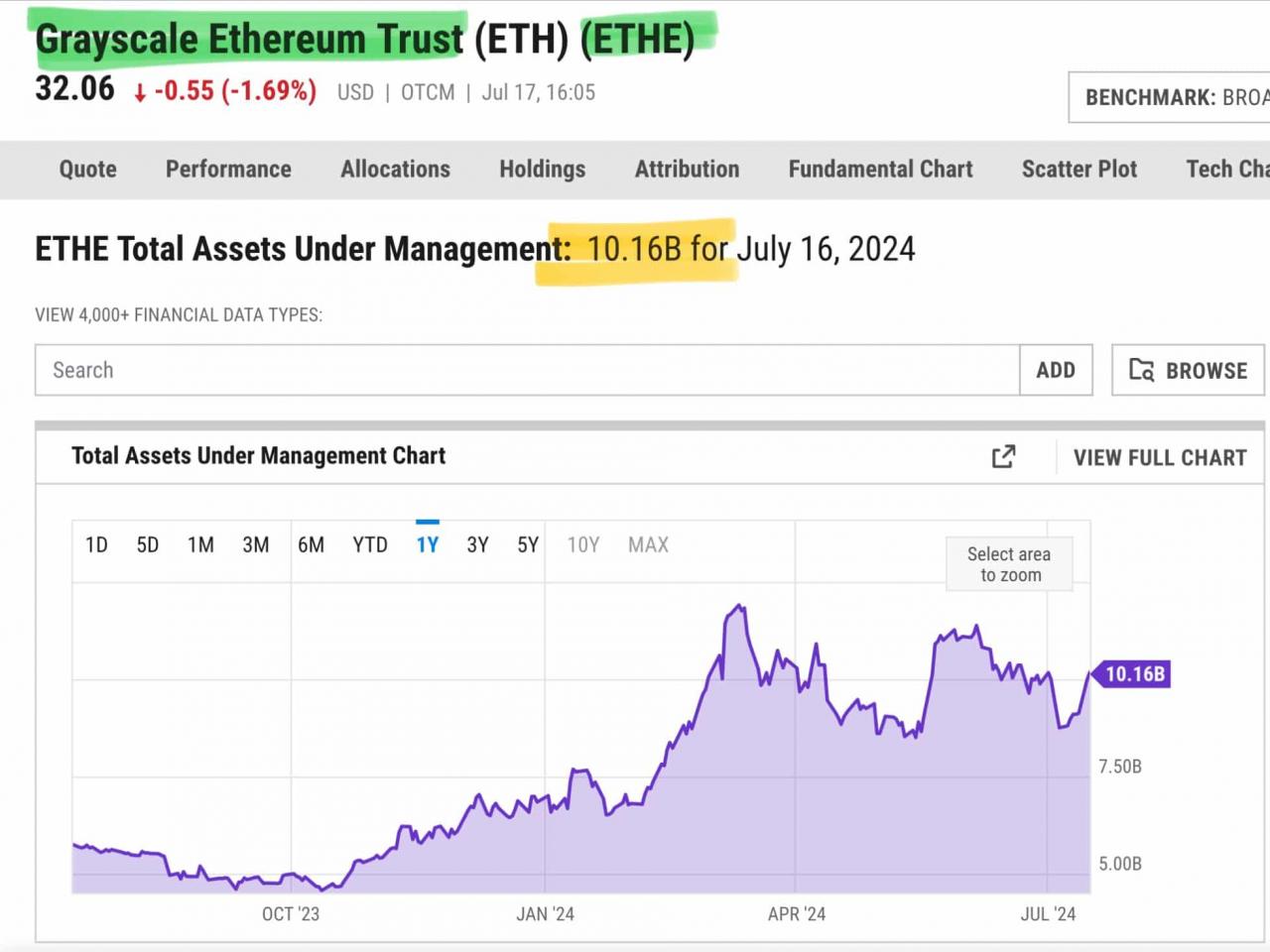
The potential impact of a reverse split on Grayscale Bitcoin and Ethereum ETFs could be substantial. While it can lead to an immediate increase in share price, the long-term effects on market performance may vary. Investor sentiment often fluctuates significantly before and after a reverse split, as some may view it as a positive move while others might perceive it as a sign of underlying issues.Implementing a reverse split could be motivated by various factors, such as compliance with minimum share price requirements for listing on major exchanges or an effort to enhance the ETF's marketability and attract institutional investors.
Regulatory Considerations
The regulatory framework surrounding Grayscale Bitcoin and Ethereum ETFs is complex, involving guidelines from bodies such as the Securities and Exchange Commission (SEC). Reverse splits are generally viewed favorably by regulatory entities as they can help maintain a fund's listing status and market integrity.Recent regulatory changes have impacted how Grayscale ETFs operate, particularly concerning transparency and reporting requirements. Keeping abreast of these changes is crucial for understanding how they may influence future reverse splits and overall ETF performance.
Market Reactions to Reverse Splits
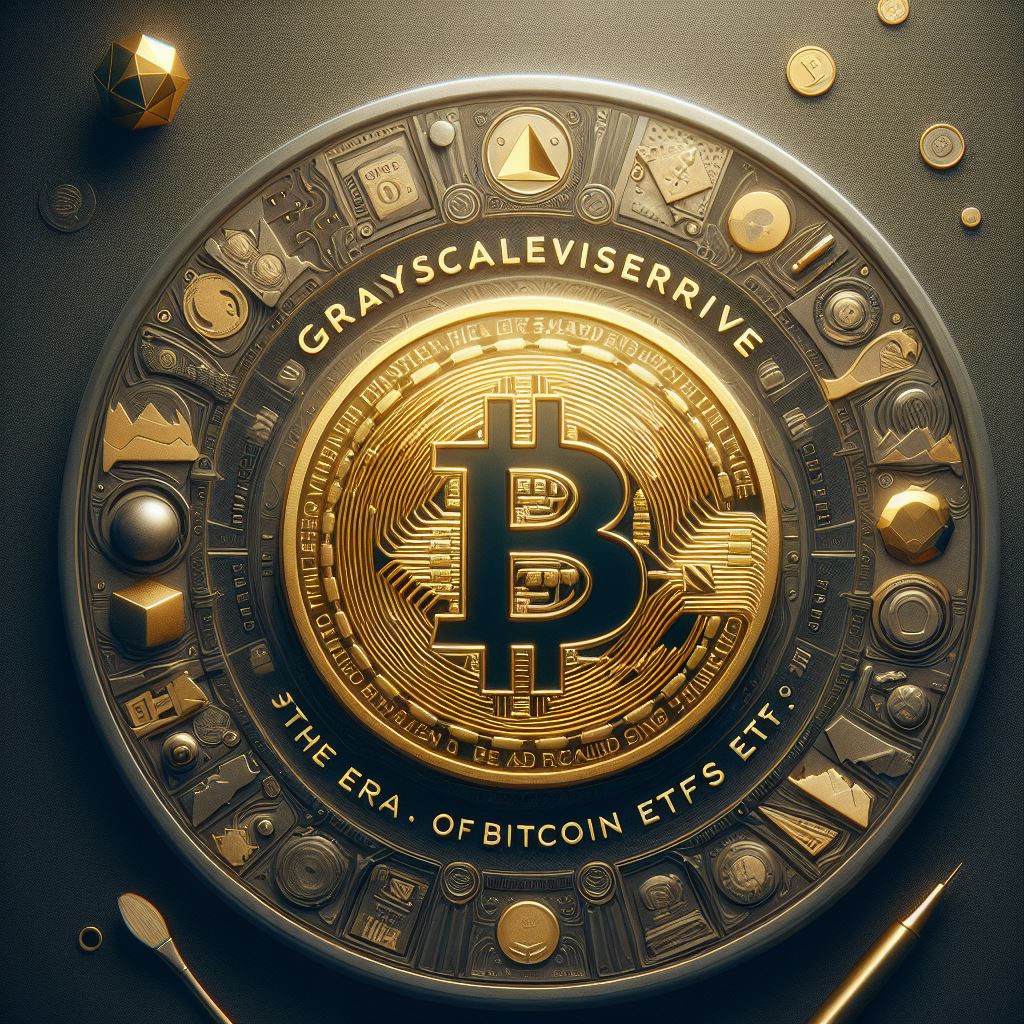
Market reactions to previous reverse splits in ETFs often reveal trends that investors watch closely. In many cases, ETFs that have undergone reverse splits experience initial volatility, with share prices fluctuating as investors digest the news.For instance, significant movements post-reverse split are observed in similar ETFs, indicating how market sentiment can shift rapidly. The table below illustrates price changes from several ETFs that have recently implemented reverse splits:
| ETF Name | Before Reverse Split Price | After Reverse Split Price | Percentage Change |
|---|---|---|---|
| Example ETF 1 | $5.00 | $15.00 | 200% |
| Example ETF 2 | $10.00 | $30.00 | 200% |
| Example ETF 3 | $2.50 | $7.50 | 200% |
Investor Strategies Post Reverse Split
Following a reverse split, investors may consider several strategies to optimize their investments. It is important to reassess holdings and align them with both personal financial goals and market conditions.Risk management techniques are particularly vital for Grayscale Bitcoin and Ethereum ETFs post-split. These may include setting stop-loss orders and diversifying portfolios to mitigate potential losses. Individuals should also take this opportunity to evaluate their overall investment strategy, ensuring it remains aligned with current market dynamics and their risk tolerance.
End of Discussion
In summary, the grayscale bitcoin ethereum etf reverse split presents a unique opportunity for investors to reassess their strategies and understand market dynamics. Keeping informed about the implications of reverse splits can lead to more strategic investment decisions in this rapidly evolving landscape.
Essential FAQs
What is a reverse split in ETFs?
A reverse split in ETFs involves consolidating shares to reduce the number of outstanding shares, typically increasing the share price.
How does a reverse split affect investor sentiment?
Investor sentiment can shift, with some viewing a reverse split as a negative signal, while others might see it as a strategic move for price stabilization.
Are there any risks associated with investing post-reverse split?
Yes, investors should be aware of potential volatility and reassess their risk management strategies following a reverse split.
How do regulatory agencies view reverse splits?
Regulatory agencies typically evaluate reverse splits to ensure they comply with market fairness, focusing on investor protection and transparency.
What strategies should investors consider after a reverse split?
Investors should reevaluate their portfolios, considering the adjusted share price and overall market conditions to optimize their strategies.

